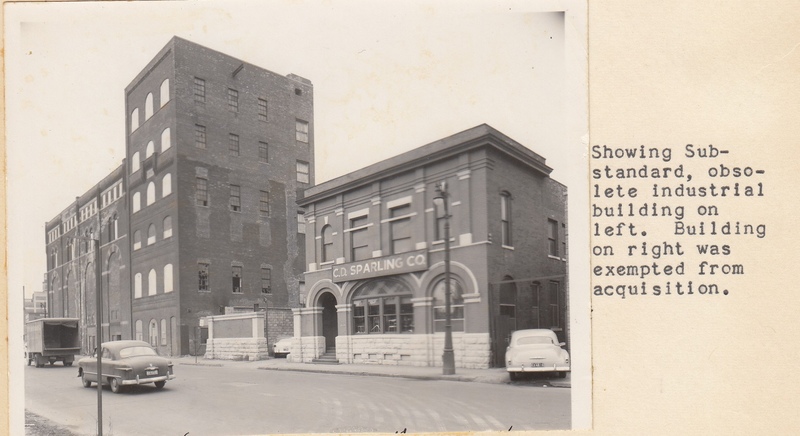Did Urban Renewal in Detroit Succeed?
Compelling Question: Did Urban Renewal in Detroit Succeed?
Supporting Questions
-
What issues of housing and infrastructure did the city of Detroit face in the post-WW2 era?
-
What were the policy methods and goals of city officials in addressing urban planning issues?
This inquiry leads students through an investigation of government planning in the United States after World War II. The Inquiry leads students to examine the role of government planning in shaping the communities around us, and asks them to consider the long term impacts that policy decisions decades ago can have in pre-determining social and economic outcomes in the present day. Through use of government planning documents, students will have the opportunity to evaluate for themselves the conditions within the City of Detroit during the 1950s and identify key areas of concern among community members and city officials.
Students will then take those identified concerns as context for evaluating city planning documents from the 1960s. Comparing city statements with internal documents on housing evaluation, the purposes of blight removal, and the methodology of deciding who and how to remove people from their homes for redevelopment, students will be asked to analyze the effectiveness of Detroit’s urban renewal projects and question whether city officials are engaging in policy that will effectively meet community concerns and serve the city. This section is also paired with historical maps of redlining property, asking students to consider the long impact of racial discrimination and how inequality can spread over a period of time.
This this inquiry highlights the following additional standards:
Michigan Social Studies Standard 8.2.2 - Policy Concerning Domestic Issues - analyze major domestic issues in the post - World War II era and the policies designed to meet the challenges by:
-
Describing issues challenging Americans, such as domestic anti-communism, labor, poverty, health care, infrastructure, immigration, and the environment
-
Evaluating policy decisions and legislative actions to meet these challenges.
It is important to note that this inquiry requires prerequisite knowledge of issues surrounding post-war American topics of urban renewal such as: Redlining, a general introduction to domestic changes in America during the Truman and Eisenhower administrations,, an introduction to the concept of blight as it pertains to urban infrastructure, and Johnson’s great society program and the logic of the war on poverty. Introducing students to the Detroit Model City program of the 1960’s is also useful in adding context to the goals of city planners.
Note: This inquiry is intended to be used as part of a larger unit on post-war issues within the United States. The inquiry is expected to take three or four 50-minute class periods, with additional time as needed for student research projects. The inquiry time frame could expand if teachers think their students need additional instructional experiences (e.g., supporting questions, formative performance tasks, featured sources, writing). Teachers are encouraged to adapt the inquiry to meet the needs and interests of their students. This inquiry lends itself to differentiation and modeling of historical thinking skills while assisting students in reading the variety of sources.
